Revealing the place where Queen Uyen Dung left, it took 7 years to 'debunk' the secret that scared posterity
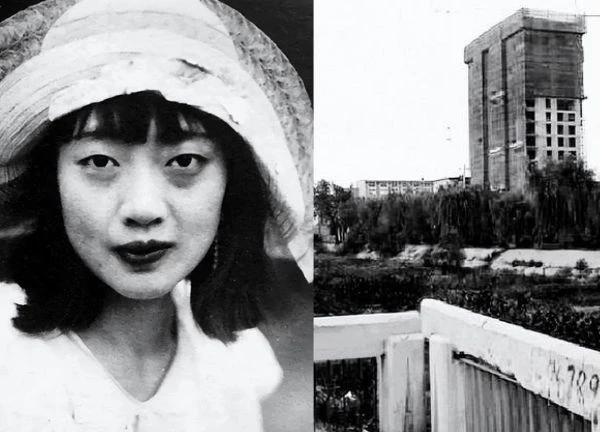
4 | 0 Discuss | Share
In October 2023, a groundbreaking new study was published in the Journal of the American Chemical Society, demonstrating Leonardo da Vinci's genius in creating the Mona Lisa masterpiece.
A team of scientists and art historians in France and Britain have discovered that Leonardo used his own special chemical formula on the base layer of the Mona Lisa painting.
"He was an experimentalist and each of his paintings was technically completely different. In this case, it's interesting to see that there was actually a specific technique for the Mona Lisa's base," said Victor Gonzalez, lead author of the study and a chemist at France's leading research institute, CNRS.
Gonzalez studied the chemical composition of dozens of works by Leonardo, Rembrandt, and many other artists. The researchers found a rare compound, plumbonacrite, in a fragment of the first layer of the iconic work, confirming art historians' suspicions that Leonardo used lead oxide powder to thicken and help dry the paint.
According to the study, the paint streak from the base layer of the "Mona Lisa" painting that the researchers analyzed was almost invisible to the naked eye because it was only about the diameter of a human hair and came from the upper right edge of the painting.
Using a synchrotron accelerator, a large machine capable of accelerating particles to nearly the speed of light, the researchers analyzed the chemical composition of the fragment at the atomic level.
The study found plumbonacrite, a byproduct of lead oxide, which gives researchers more certainty that Leonardo may have used the powder in his homemade paint mixture. Gonzalez said the chemical has also been found in Rembrandt's works, which he completed in the Netherlands in the 17th century.
The discovery "also tells us that these recipes have been passed down through the centuries" and "it was a very good recipe," he said. It is thought that Leonardo dissolved orange-coloured lead oxide powder in linseed or walnut oil, heating the mixture to create a thicker, faster-drying paste.
For centuries, the Mona Lisa has fascinated those who have seen it because of its subject's enigmatic smile and cold gaze. The Mona Lisa is believed to be Lisa Gherardini, the wife of a Florentine silk merchant, according to the Louvre Museum in Paris, where the painting has been housed since the 18th century. Gonzalez said that even after this groundbreaking discovery, many secrets remain hidden in Leonardo's works.
Classical heritages are always a mystery to posterity. Not only did Leonardo surprise the public, but Vincent van Gogh's painting "The Starry Night" also revealed many shocking mysteries.
A new analysis of the brushstrokes and colors in Vincent van Gogh's famous painting Starry Night reveals striking similarities to "hidden turbulence" in Earth's atmosphere, suggesting that hundreds of years ago the legendary artist had a surprisingly detailed understanding of natural processes that far surpassed the understanding of contemporary science.
The painting recently caught the attention of researchers in China, who noticed some similarities between its spirals and patterns seen in fluid dynamics – the study of the movement of liquids and gases. This inspired them to study the painting in more detail.
In a new study published September 17, 2024 in the journal Physics of Fluids, researchers analyzed the smallest details of the brushstrokes and colors used in the paintings and found that these components all have strong similarities to the "hidden turbulence" of gases in the atmosphere.
The researchers closely analyzed the 14 “swirls†in the sky in the painting. Overall, these shapes generally followed patterns predicted by Kolmogorov’s law—a physics rule that describes how the atmosphere moves at different scales depending on inertial energy. In the painting, that inertial energy is represented by the intensity of the yellow color in the painting.
When the researchers looked more closely at the swirls, they also found that the spacing and weight of each brush stroke matched the Batchelor ratio, which describes how small eddies and droplets can be before they dissolve in turbulent liquids.
Besides the new discovery above, the masterpiece Starry Night contains many mysterious coincidences that hundreds of years later, posterity still has not discovered.
In May of this year, new images of Jupiter from NASA's Juno probe also revealed violent swirling storms in the planet's northern hemisphere that look strikingly similar to van Gogh's newly analyzed drawings. These swirling clouds are also linked to "turbulent patterns" in Jupiter's atmosphere, similar to those on Earth.

4 | 0 Discuss | Share

2 | 1 Discuss | Share
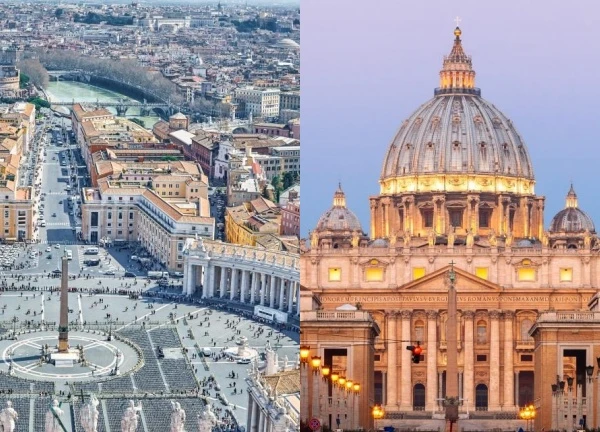
2 | 0 Discuss | Share
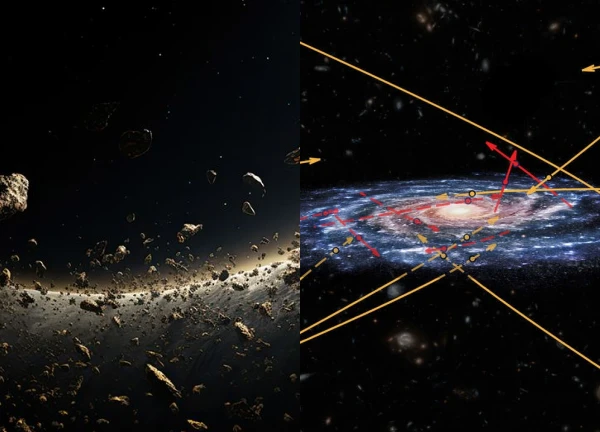
4 | 0 Discuss | Share
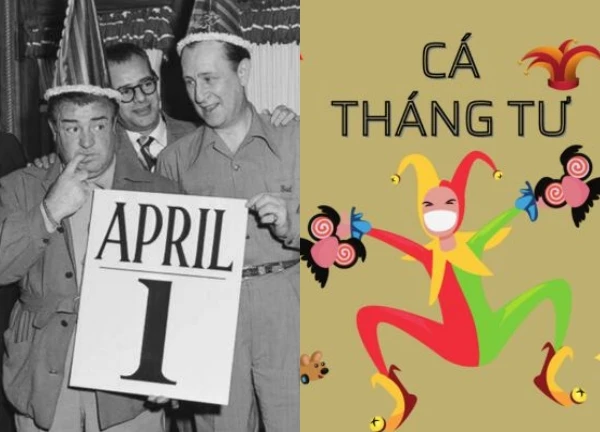
2 | 0 Discuss | Share

3 | 0 Discuss | Share

3 | 0 Discuss | Share

2 | 1 Discuss | Share
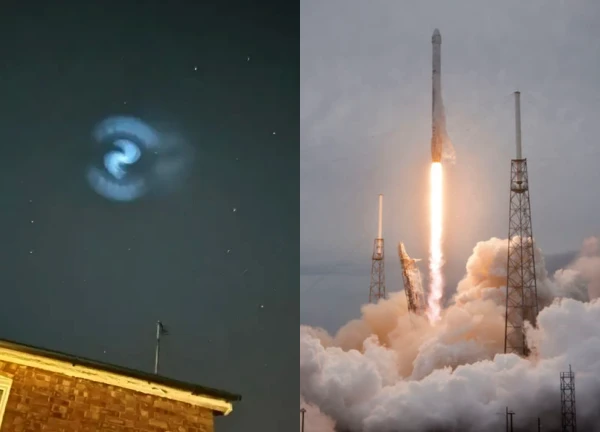
2 | 0 Discuss | Share
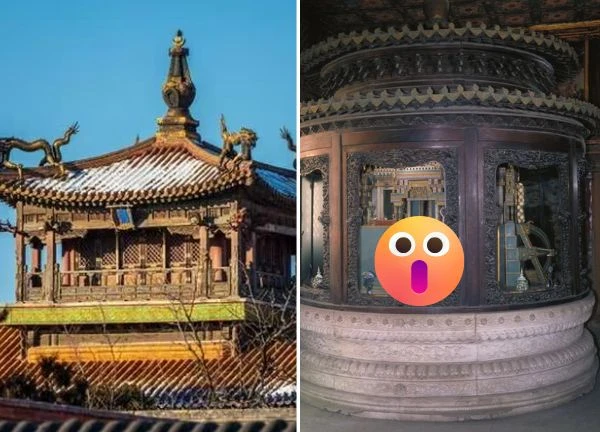
4 | 0 Discuss | Share
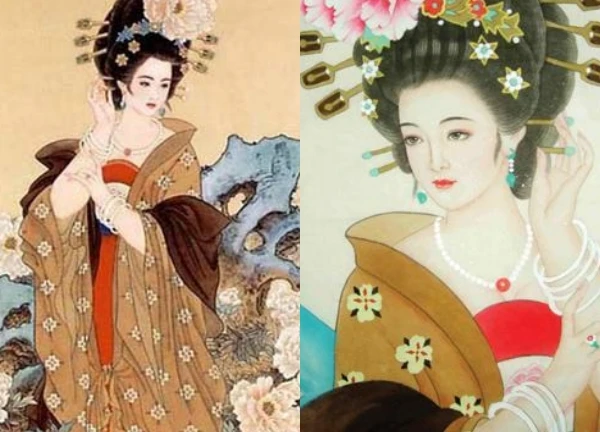
0 | 0 Discuss | Share

1 | 1 Discuss | Share










3 | 0 Discuss | Report